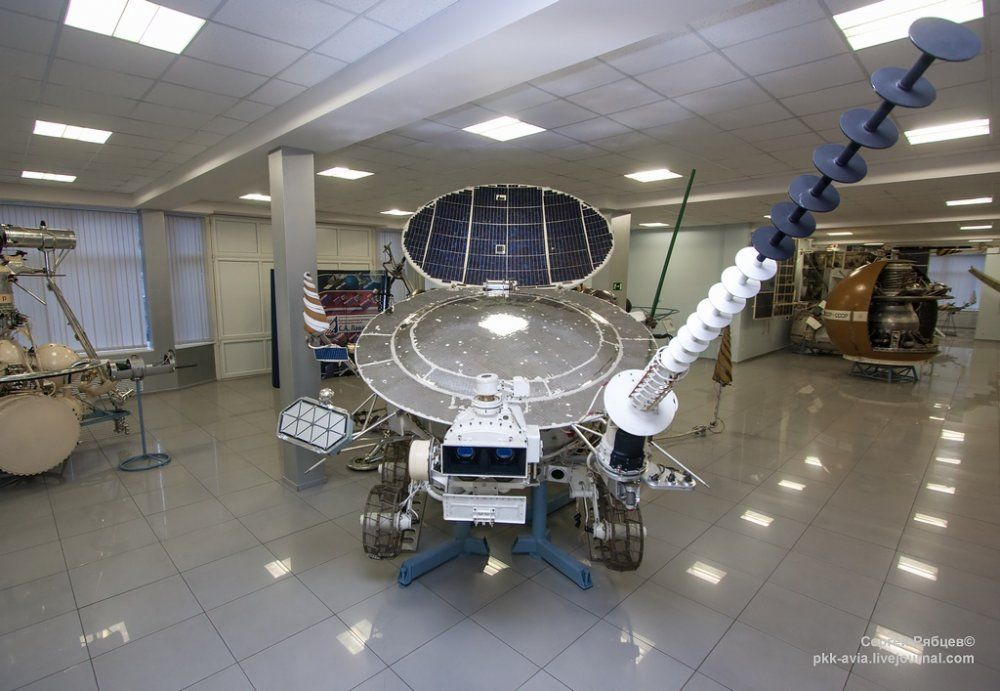this post was submitted on 01 Jul 2023
16 points (100.0% liked)
Mildly Interesting
18285 readers
19 users here now
This is for strictly mildly interesting material. If it's too interesting, it doesn't belong. If it's not interesting, it doesn't belong.
This is obviously an objective criteria, so the mods are always right. Or maybe mildly right? Ahh.. what do we know?
Just post some stuff and don't spam.
founded 2 years ago
MODERATORS
you are viewing a single comment's thread
view the rest of the comments
view the rest of the comments

Were there any specific benefits to the discs other than that it looked cool?
Yeah - electrically, antenna has broader bandwidth, and mechanically, it's harder to ding it. Broader bandwidth also means that tolerances aren't that critical. Downside is increased weight and wind loading
This specific antenna was used for video downlink, which requires comparatively large bandwidth
Additionally, for frequencies that were practical at that time you can't use simple Yagi, because this would mean choppy signal. Instead you need circular polarization - and that requires either crossed pairs of rods, but this is narrowband, or rings, but this is flimsy and still narrowband but not as badly, or disks. You could ditch these elements entirely and use long helix only (bottom part but extended) but helix has quickly diminishing returns - this design takes good properties of both of these
So the principle is: If the design of your antenna is such that when the signal emitted by one disc reaches the next disc some nanoseconds later, the phases line up (the next disc is adding power because it's exactly in sync with the signal coming off the first disc), each disc will progressively reinforce the signal so the emitted signal adds up to be way more powerful in the exact direction that the antenna is pointed. And likewise for receiving from that specific direction.
Yagi antennas use the same principle, and another poster gave a much more technical explanation of why discs instead of a Yagi or helix, but in case you were asking the more basic question, that's why.